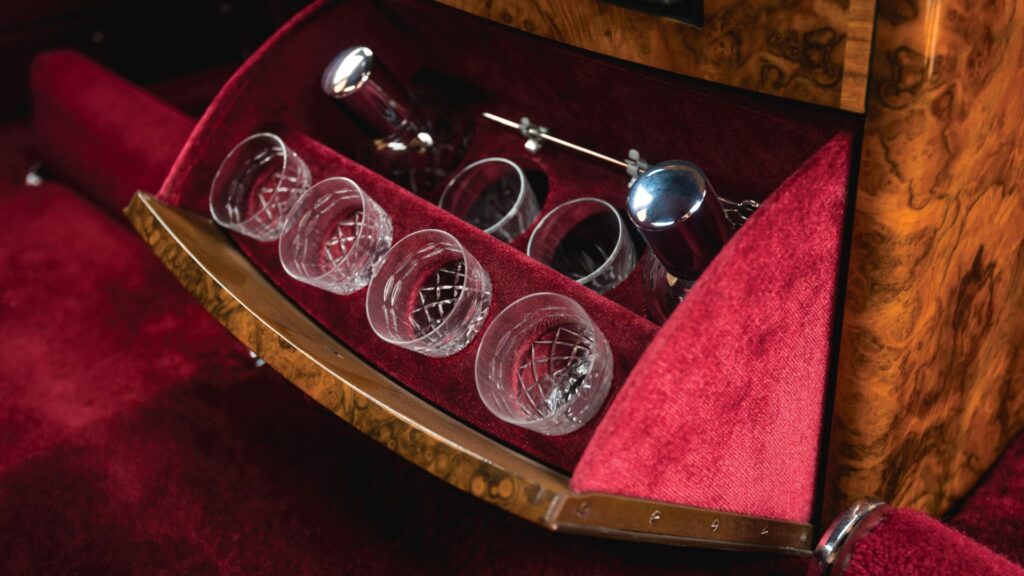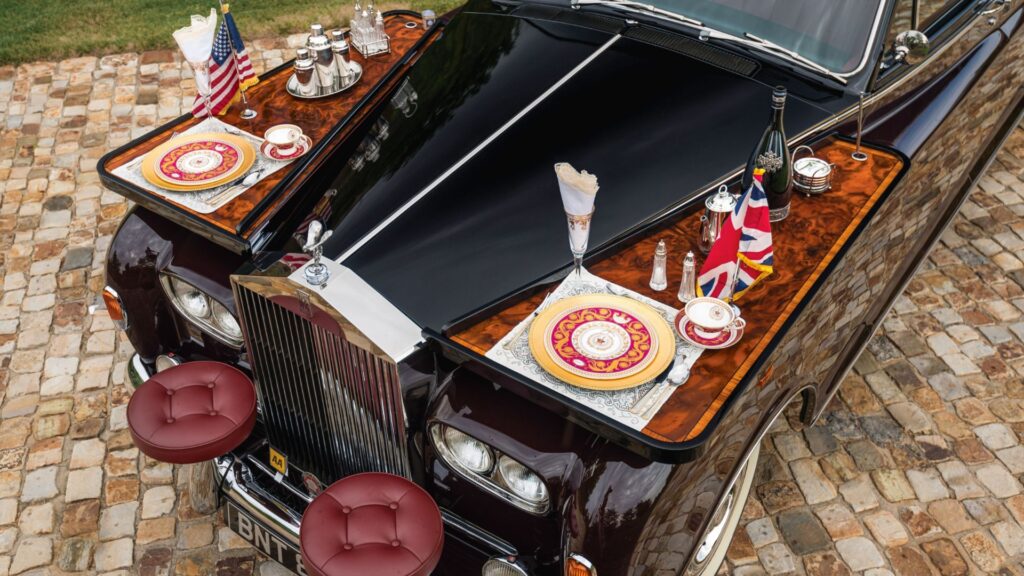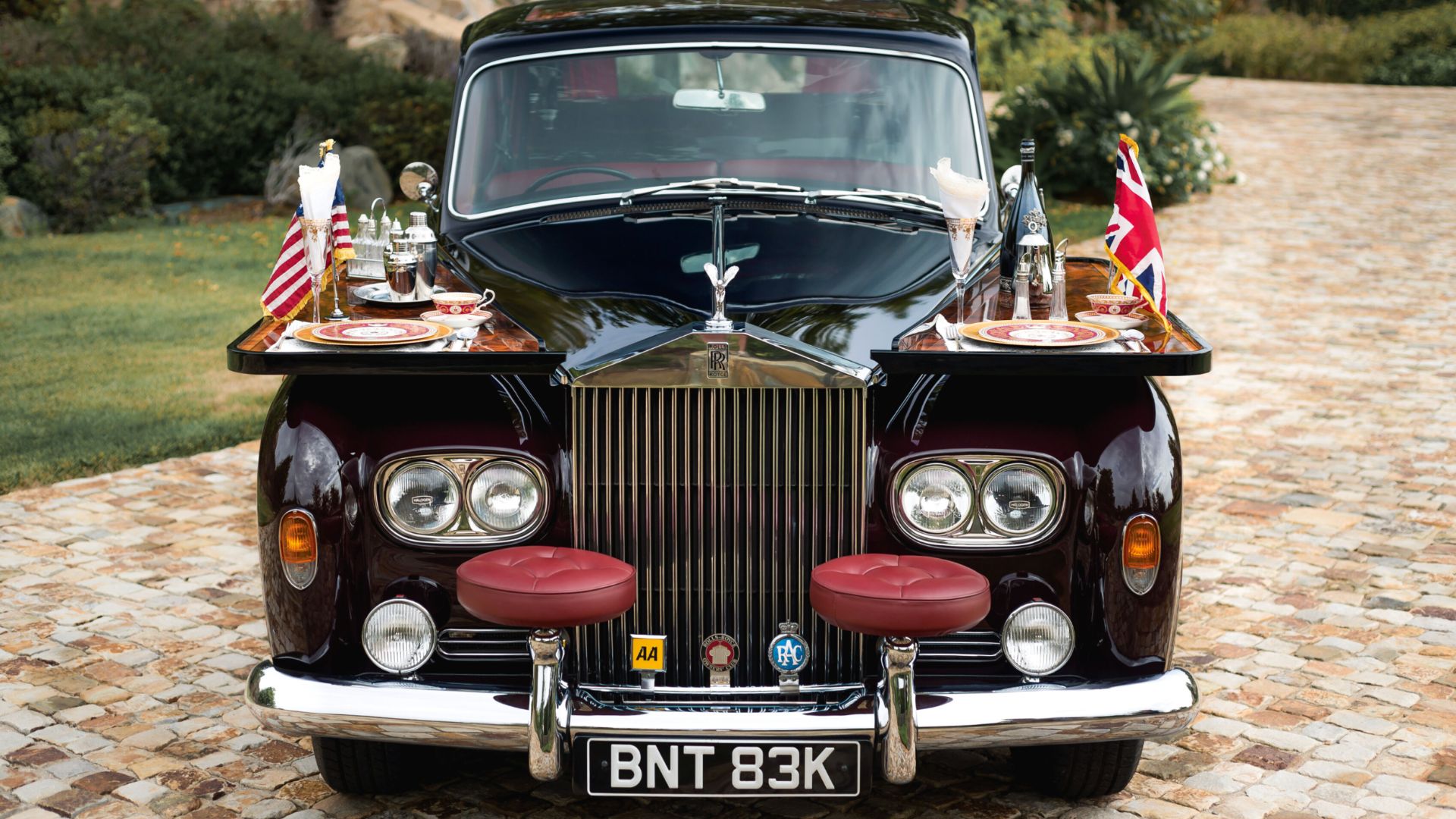The Rolls-Royce Phantom VI, produced from 1968 to 1993, stands as the last of the marque’s models to feature the iconic coachbuilt bodywork that defined much of its history. As Rolls-Royce celebrates its 120th anniversary, the Phantom VI remains a symbol of the brand’s craftsmanship and its final step before the company moved away from this traditional practice.

Launched in the late 1960s, the Phantom VI was a refined evolution of its predecessor, the Phantom V, which itself was built on the foundation of Rolls-Royce’s longstanding practice of delivering rolling chassis to independent coachbuilders. By the time production of the Phantom VI began, however, the practice had significantly diminished. Rolls-Royce had acquired key coachbuilders H. J. Mulliner and Park Ward to create its in-house operation, H. J. Mulliner Park Ward, which was responsible for nearly every Phantom VI body.
The 1980s marked the peak of Phantom VI production, with just 374 units built during its 23-year lifespan. The car’s combination of luxury and innovation attracted high-profile clients, including British royalty, with bespoke commissions such as the ‘Lady Norfolk’ Landaulette, which remains part of the Royal fleet today. A key feature of the Phantom VI was its durability and safety enhancements, including a high-pressure hydraulic braking system and crash-tested safety measures that led to the prototype’s enduring legacy.

Although it was a time of transition, the Phantom VI’s coachwork represented the pinnacle of traditional craftsmanship, offering both Sedanca de Ville and Landaulette versions. Its production marked the end of an era, as Rolls-Royce pivoted toward a new era of design, which would not see the revival of coachbuilding until the release of the ‘Sweptail’ in 2017.

[…] $300,000 Rolls-Royce stolen in South Beach has been recovered as part of a sweeping crackdown on an elaborate luxury car […]